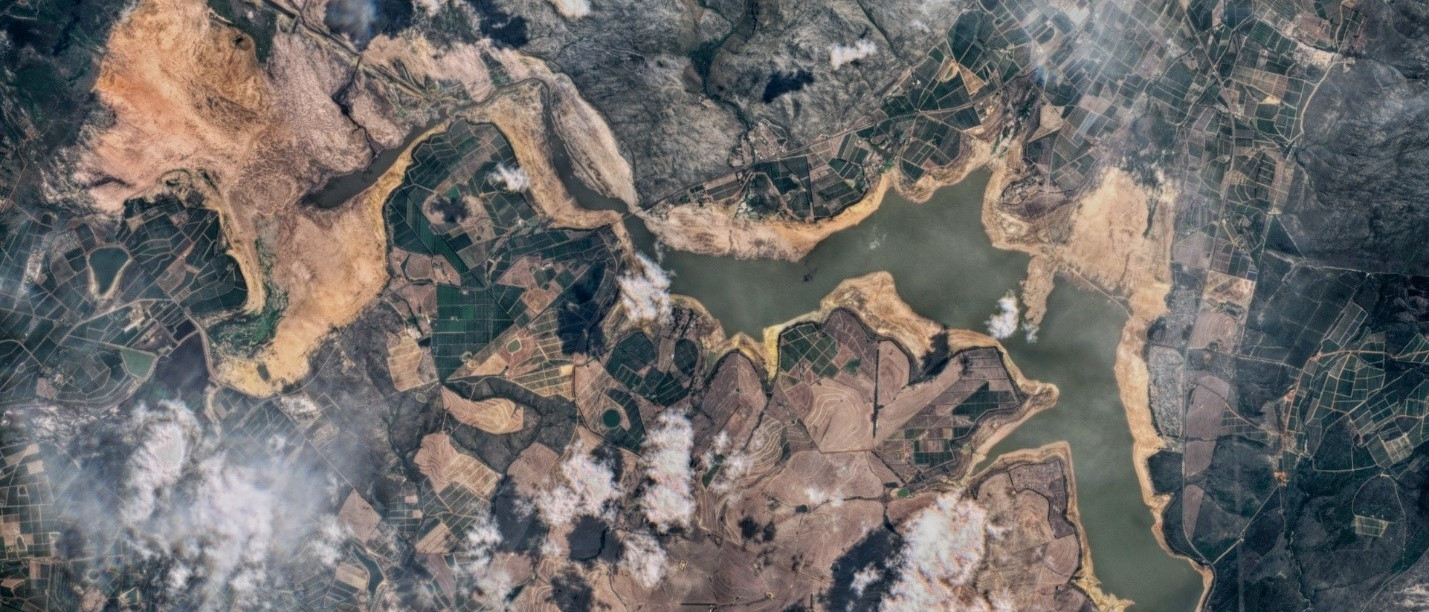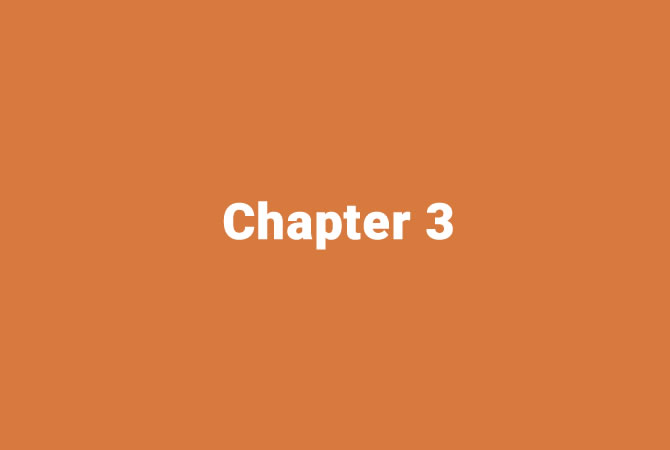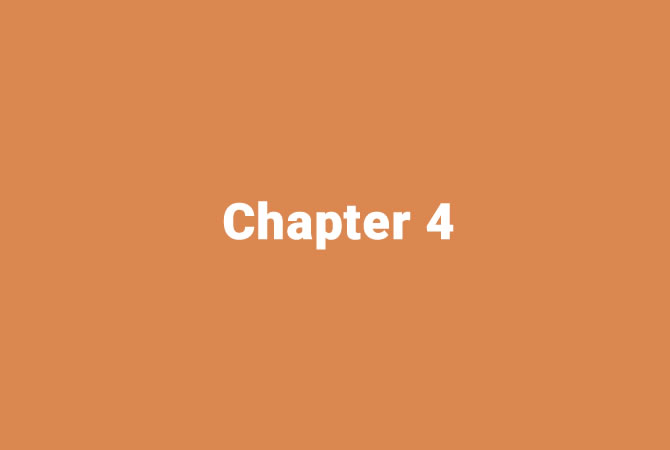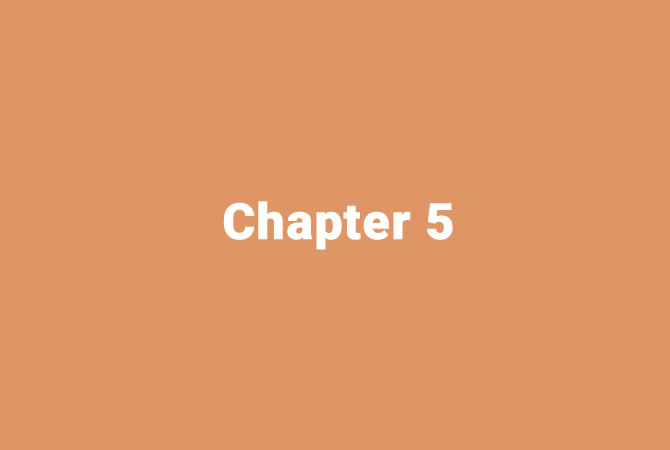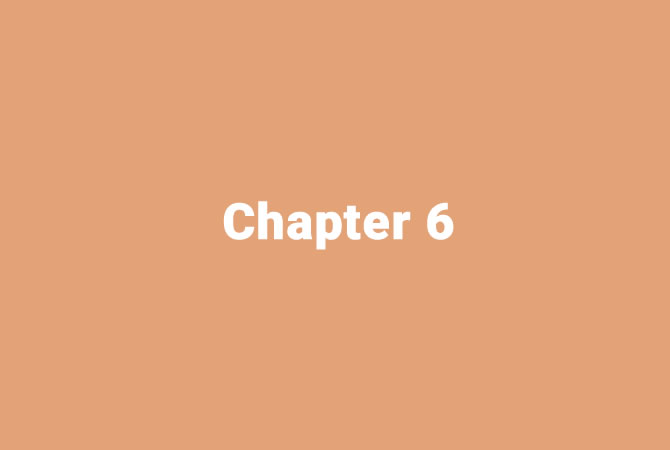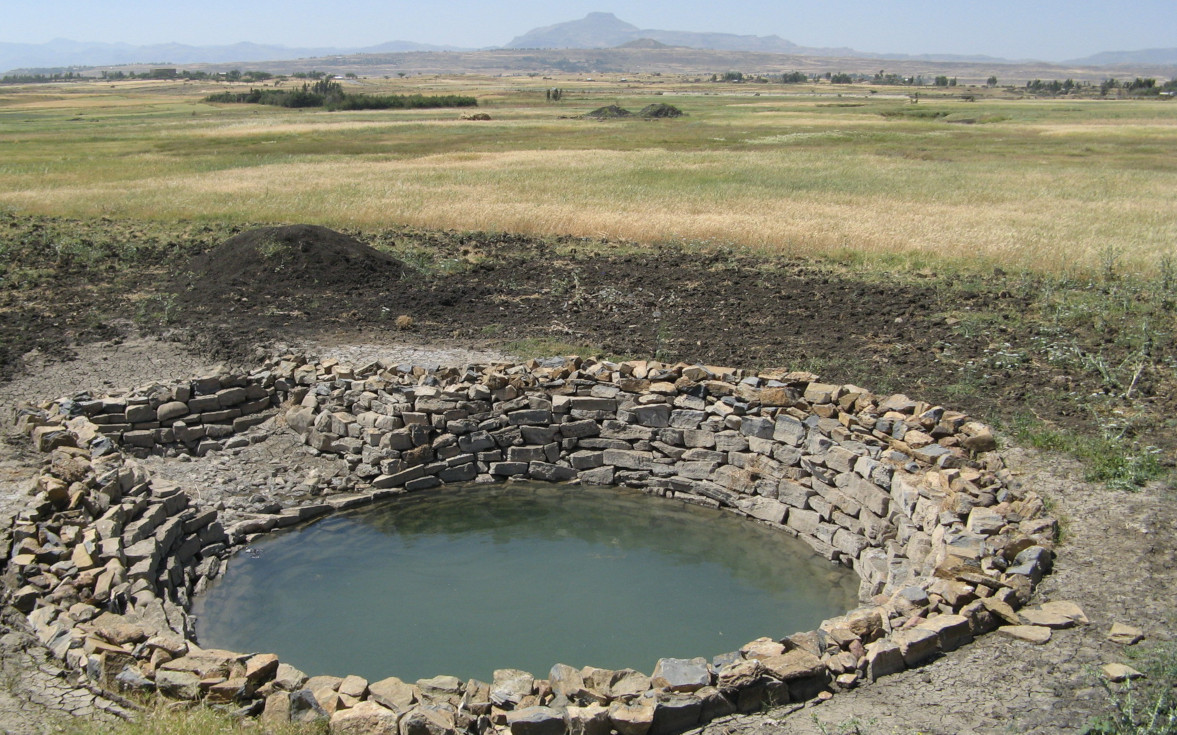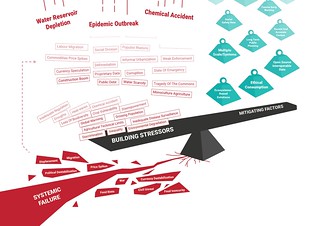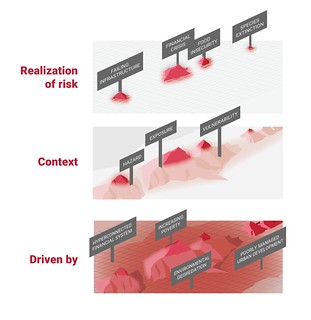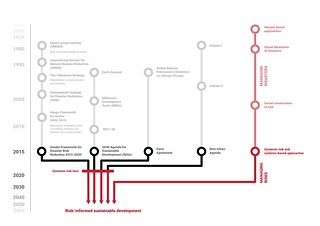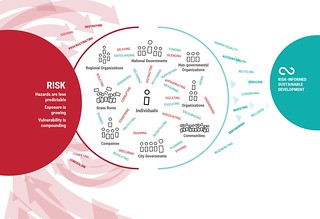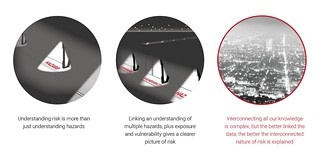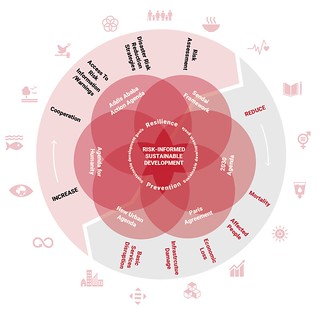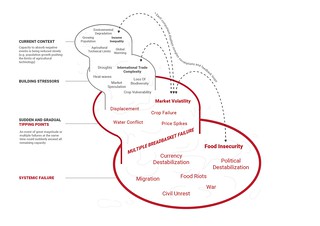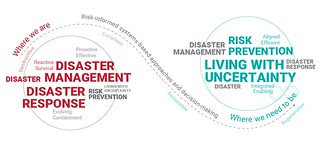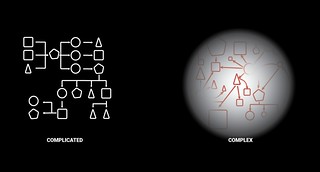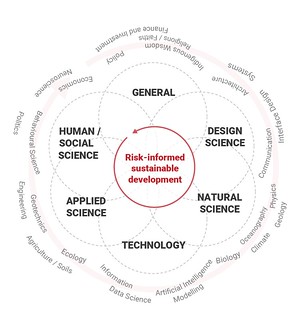Part I - The Sendai Framework's broadened view of the world's risk
Part 1 highlights how risk science is changing. Hazards interact with each other in increasingly complex ways, and our understanding of this is expanding. Vulnerability can have myriad dimensions. Calculating the exposure to a virus is different to calculating the exposure to a landslide.
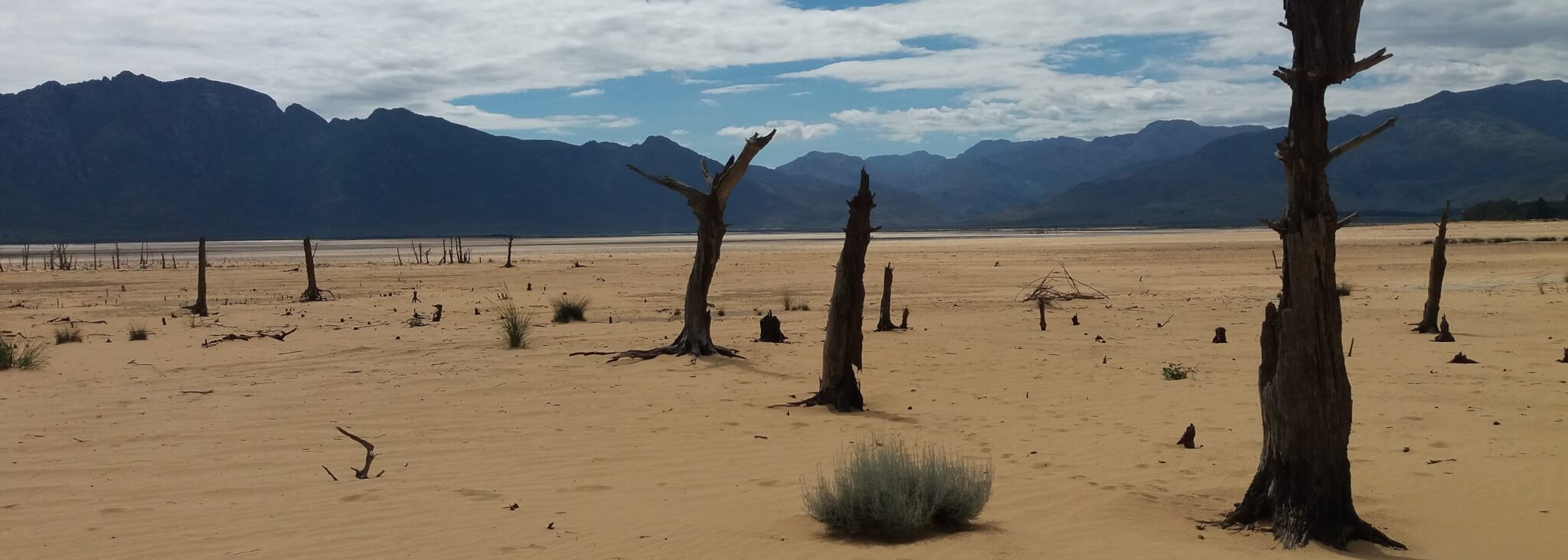
The basis for understanding risk the world will face in the coming century cannot rely on past information to inform future states. The myriad effects of climate change, intentionally diverted or dammed river flows, new dynamics of human interaction, air quality, new industrial facilities, inevitable accidents, biodiversity loss, ocean acidification, increasing social and wealth inequality, and new wars all represent a context that can be estimated only.
Some hazard effects can be modelled. Hydrodynamic models can project what would happen in a given watershed given predefined conditions of volume, speed, depth and obstacles. Models can be used to indicate disease spread with a specified virulence, mortality rate, vector type, etc. Their ability to give an accurate sense of risk in the terms expected extends to a few years – in some cases decades. Seismic hazard is driven largely by factors well below the Earth’s surface, beyond the ability of humanity to affect them, without ignoring the unknown risk posed by induced seismicity caused by fracking. But to be understood in risk terms, seismic hazard research must forecast the effects of events on exposed assets, and there too it faces challenges.
